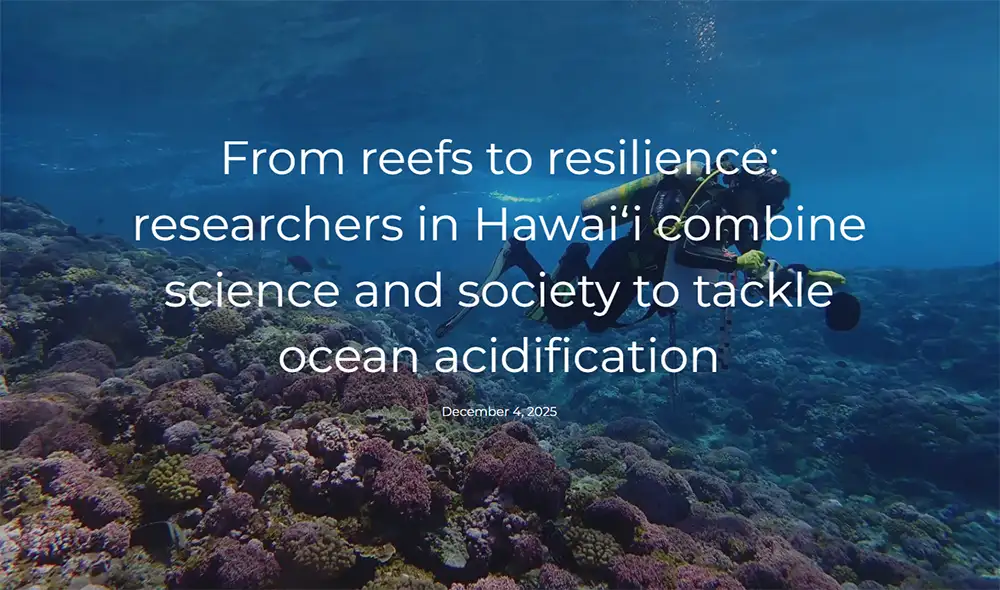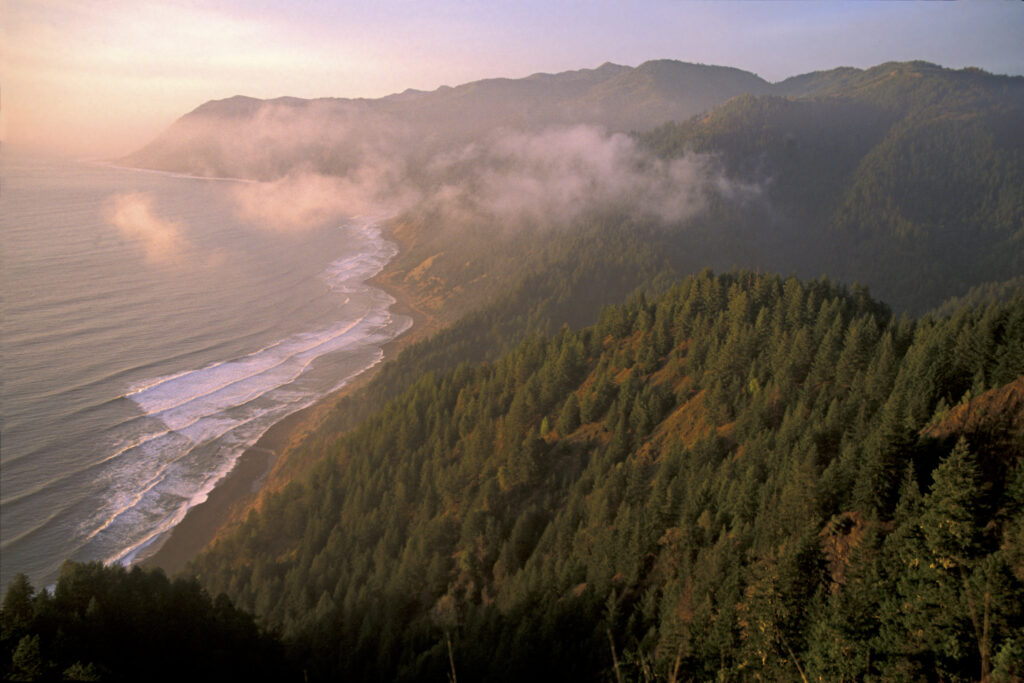
From reefs to resilience: researchers in Hawaiʻi combine science and society to tackle ocean acidification
In recognition of NOAA’s Corals Week, we highlight new research revealing the local scale vulnerability to ocean acidification in Hawai’i. By bringing together ocean modeling socioeconomic data, scientists identify areas of resilience and where adaptation strategies and capacity building may be most impactful.
















